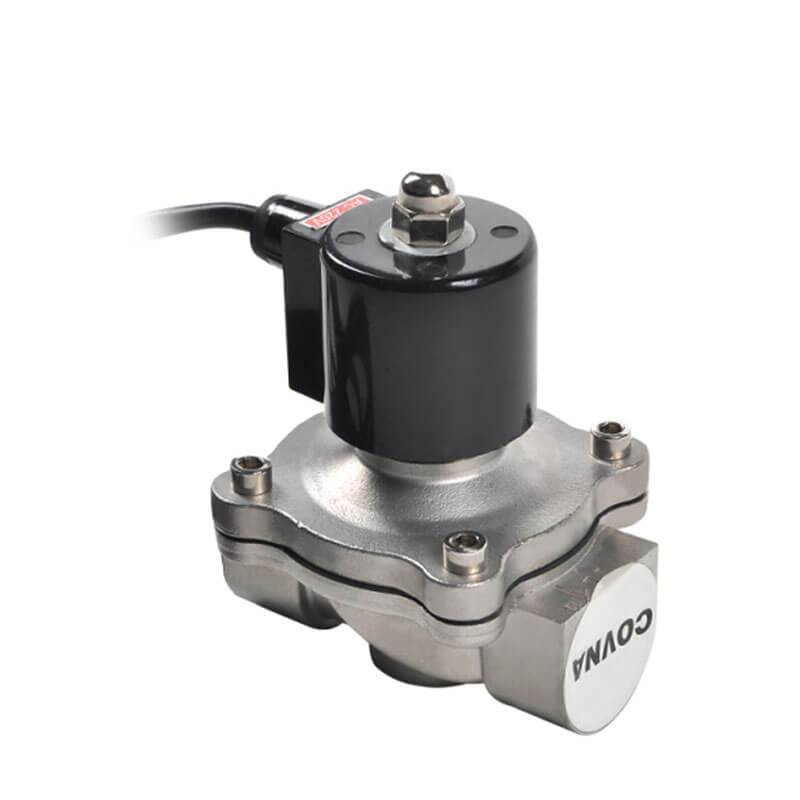A musical fountain is a type of fountain that is choreographed to music and often includes lights and other special effects. The water jets are programmed to move in sync with the music, creating a visually stunning display. These fountains are often found in public spaces, such as parks, plazas, and tourist attractions. Musical fountain widely used for below section.
Musical fountains are primarily used for entertainment purposes, providing a unique and engaging experience for audiences. They are often used as a centerpiece for events, such as concerts, festivals, and weddings.
Tourism
Musical fountains can be a major draw for tourists, attracting visitors to a city or attraction. They can become a landmark and a symbol of the city or attraction.
Education
Musical fountains can be used as teaching tools, demonstrating principles of physics and engineering. They can also be used to teach music and rhythm.
Advertising
Musical fountains can be used as a marketing tool, promoting products or services. They can be used to create a memorable experience for customers or to attract attention to a business.
Relaxation
Musical fountains can create a calming and soothing atmosphere, promoting relaxation and stress relief.
Does a Musical Fountain Require Valves?
Musical fountains require valves to control the flow of water and create the desired water patterns and effects. Valves are essential components that regulate the pressure, direction, and timing of the water jets. They enable the synchronization between the music and the movement of the water.
What Kinds Of Valves Could Used In Musical Fountains?
Solenoid Valves
These valves are electromechanically operated and are controlled by an electrical signal. They allow for precise control over the water flow and can be synchronized with the music. Solenoid valves are commonly used for small to medium-sized fountains.
Regarding the solenoid valve, we sincerely recommend the water-proof solenoid valve for you. That has an IP68 water-proof solenoid coil which could work underwater well. Responsive and waterproof.
Ball Valves
Ball valves use a hollow, perforated ball to control the flow of water. By rotating the ball, the water can be regulated. However, ball valves are not typically used for complex choreography as they have limited control over water patterns.
Gate Valves
Gate valves are commonly used for large-scale musical fountains. They have a sliding gate mechanism that controls the flow of water. Gate valves provide excellent control over water flow rates and are suitable for high-pressure systems.
Butterfly Valves
Butterfly valves use a rotating disc to regulate water flow. They are lightweight and have a compact design, making them suitable for medium-sized fountains. Butterfly valves provide good control over flow rates and are relatively easy to operate.
Tips For Selecting The Valves For Musical Fountains
Flow Rate and Pressure
Determine the required flow rate and pressure of your fountain system. This will help you choose valves that can handle the anticipated water volume and pressure. Ensure that the selected valves have the appropriate flow capacity to meet the demands of your fountain.
Valve Size
Consider the size of the valves in relation to the overall system. Valves that are too small may restrict flow and cause inefficiencies, while oversized valves may lead to excessive water consumption. Select valves that are appropriately sized for your specific fountain requirements.
Valve Control
Determine how you plan to control and synchronize the valves with the music and choreography. Some valves can be electronically controlled, while others may require manual operation. Consider the level of automation and precision needed for your fountain display.
Compatibility
Ensure that the selected valves are compatible with the overall fountain system, including the piping, pumps, and control mechanisms. Consult with fountain specialists or suppliers to ensure compatibility and proper integration.
Budget
Consider your budget when selecting valves. Valves come in various price ranges, and it’s important to balance quality and cost-effectiveness. Avoid compromising on the quality and reliability of the valves for the sake of cost savings.
Anything we could help with, feel free to consult us at sales@covnavalve.com
Post time: Oct-11-2023






